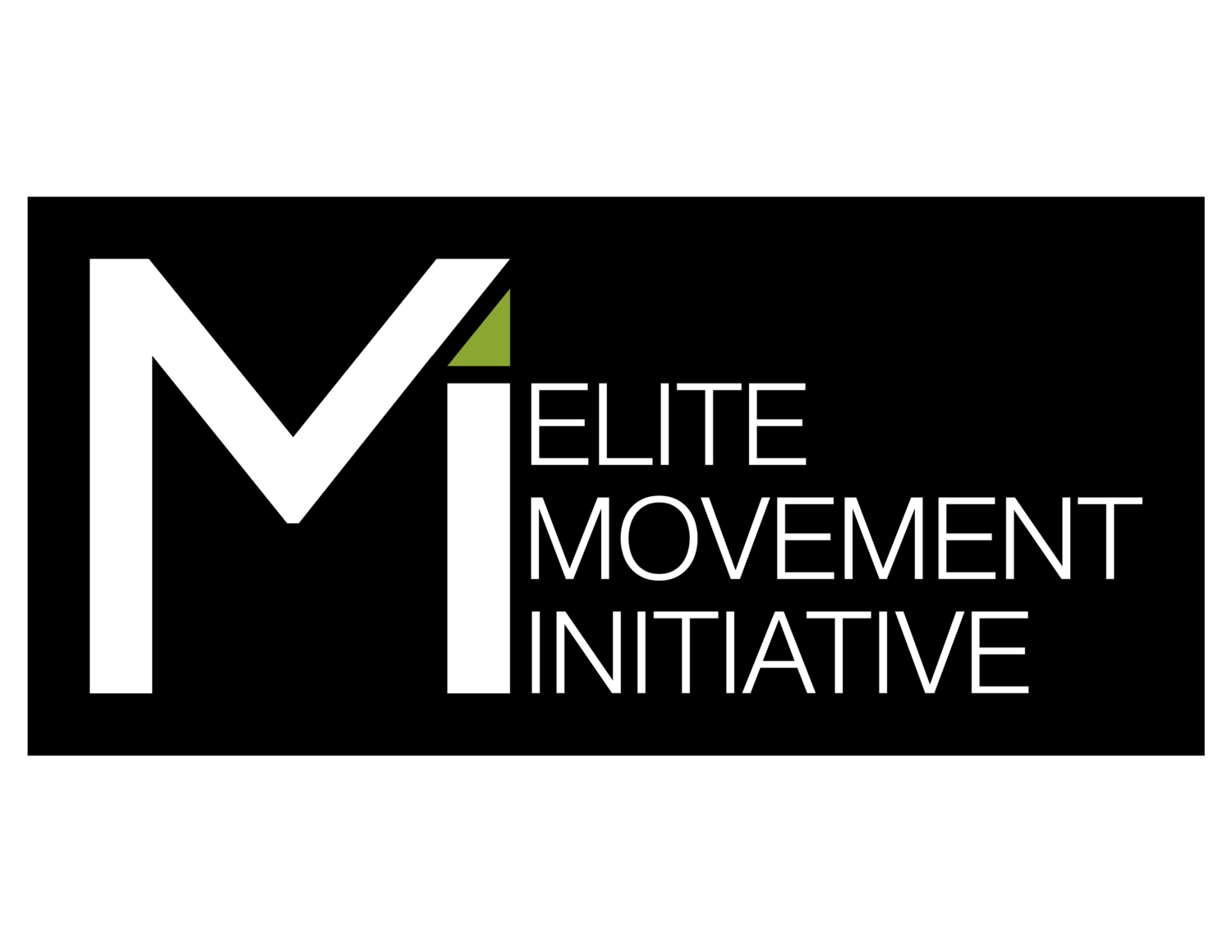Sports Injury
Game On: Understanding and Managing Sports Injuries
Sports injuries can be upsetting, but recognizing them and learning how to treat them can help you stay in the game for the long haul. Whether you're an experienced athlete or just starting out in a new sport, mastering the fundamentals may make all the difference.
What are Sports Injuries?
In simple terms, sports injuries occur when the body is pushed beyond its limits during a physical activity, resulting in damage to muscles, tendons, ligaments, or bones. These injuries can range from minor strains and sprains to more severe fractures and tears. Common sports injuries:
Knees - ACL tears, meniscus tear, hamstring strains
Ankle- Sprained ankle, ankle fractures
Shoulder- Shoulder separation, rotator cuff tear, clavicle fracture
How to Diagnose a Sports Injury?
Diagnosing a sports injury usually involves a few key steps:
Symptom Recognition: Pay attention to any pain, swelling, or limited range of motion in the injured area.
Physical Examination: Your physician or physical therapist will assess the injury through various movements and tests.
Imaging Tests: In some cases, X-rays, MRIs, or CT scans may be necessary to get a clearer picture of the injury.
Managing Sports Injuries on Your Own:
While some injuries may require professional medical attention, there are steps you can take to manage minor injuries at home:
Protection: Minimize movement to reduce bleeding and lower the risk of worsening the injury.
Elevation: Position the injured area above heart level to facilitate the flow of interstitial fluid, aiding in the removal of waste and delivery of nutrients.
Avoid anti-inflammatories: Refrain from using anti-inflammatory medications as they may hinder the long-term healing process of tissues.
Compression: Utilize tape or bandages to apply pressure and diminish swelling and tissue hemorrhage.
Education: Consult with your healthcare provider to gain insights into your condition and develop effective long-term management strategies without excessive treatment.
Load: Gradually introduce weight-bearing activities to the injured area, provided they don't cause significant discomfort, to stimulate repair and build tissue resilience.
Optimism: Cultivate a positive mindset toward your recovery, as it can positively impact your overall prognosis.
Vascularization: Incorporate cardiovascular exercises to enhance blood circulation to the injured site, promoting healing.
Exercise: Initiate early rehabilitation exercises to restore mobility, strength, and proprioception.
The Role of Physical Therapy:
Physical therapy is a game-changer when it comes to recovering from sports injuries. Here's why:
Customized Treatment Plans: A skilled physical therapist will create a personalized treatment plan tailored to your specific injury and goals.
Hands-On Therapy: Manual techniques such as soft-tissue mobilization and stretching can help improve range of motion, reduce pain, and speed up recovery.
Targeted Exercises: Strengthening and stretching exercises are essential for restoring function and preventing future injuries.
Education and Prevention: Physical therapists provide valuable education on proper body mechanics, injury prevention strategies, and safe return to sport protocols.
Sports injuries are quite common in an active lifestyle, but they do not have to keep you out for long. Understanding how to detect, treat, and avoid injuries allows you to stay in the game and enjoy your favorite hobbies.
Remember, if you're unsure, get advice and help from a qualified healthcare practitioner. With the proper information and resources, you'll be back on the field, court, or track in no time!
